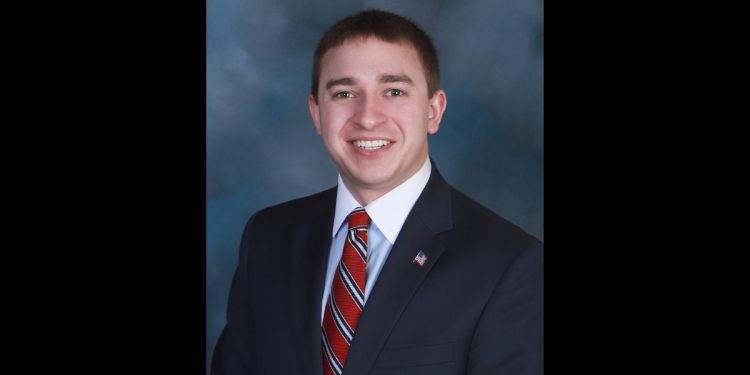By District Attorney Ryan Sayers
2023 Vol. 11
Over the last few weeks, I have explained the steps leading up to the start of a trial. This week, I will discuss what happens on the morning of trial and opening statements.
When jurors arrive at the courthouse, they are greeted by the tipstaff who lead them to the jury room where they are sequestered until the judge is ready for the jury.
The tipstaff make sure that jurors have anything they might need during the course of the trial, as well as, make sure the jurors get to and from the courtroom in an orderly manner.
While the jurors are sequestered, the judge will take the bench and discuss any last-minute legal and/or logistical issues with the attorneys.
Typically, this is a discussion about admissibility of evidence, sequestering of witnesses, how certain items will be presented to the jury during testimony and the proposed jury instructions (which we will discuss in a couple weeks).
Once these issues are discussed and the judge makes any necessary decisions, then the jury is brought into the courtroom.
The first thing the judge does is swear-in the jurors who promise to come to a fair and impartial verdict in the case. After that, the judge typically gives a brief description of the charges and then will turn to the Commonwealth to give his/her opening statement.
The opening statement is not meant to be an argument, but instead is more informative. The purpose of an opening statement is for the Commonwealth to set forth a road map of what the jury can expect to hear during the course of the trial.
Usually this includes a summary of the allegations against the defendant, a statement about each of the witnesses and what the jury can expect from each witnesses’ testimony, a description of the evidence that the jury will see and hear during the trial, and a detailed description of the charges.
This last item, the detailed description of the charges against the defendant, is important for the jury to listen to because the prosecutor will likely layout each of the elements that he/she has to prove beyond a reasonable doubt during a trial.
Prosecutors include this in their opening statement so that the jury can tie together the elements of the charges to the different testimony and evidence that they will hear and see during the course of trial.
After the prosecutor completes his/her opening, then the judge will turn to the defense attorney and ask if he/she wants to give an opening statement at that time or wait until after the Commonwealth has completed its case-in-chief (presented all of its testimony and evidence).
Usually, a defense attorney will give his/her opening statement right after the Commonwealth’s opening statement because it gives the defense attorney the opportunity to set forth an alternate set of facts or issues that they intend to raise throughout the trial.
At the conclusion of the defense’s opening, then the Commonwealth will call its first witness and begin its case-in-chief.
Next week I will discuss what happens during the case-in-chief for the Commonwealth and defense, and some of the unrealistic expectations that television and movies have placed on the legal system.
Ryan Sayers is the elected District Attorney of Clearfield County, Pennsylvania.
The information contained in this article is provided for informational and educational purposes only, and should not be construed as legal advice on any subject matter.
You should not act or refrain from acting on the basis of any content included in this article without seeking legal or other professional advice.
The contents of these articles contain general information and may not reflect current legal developments or address your situation.




